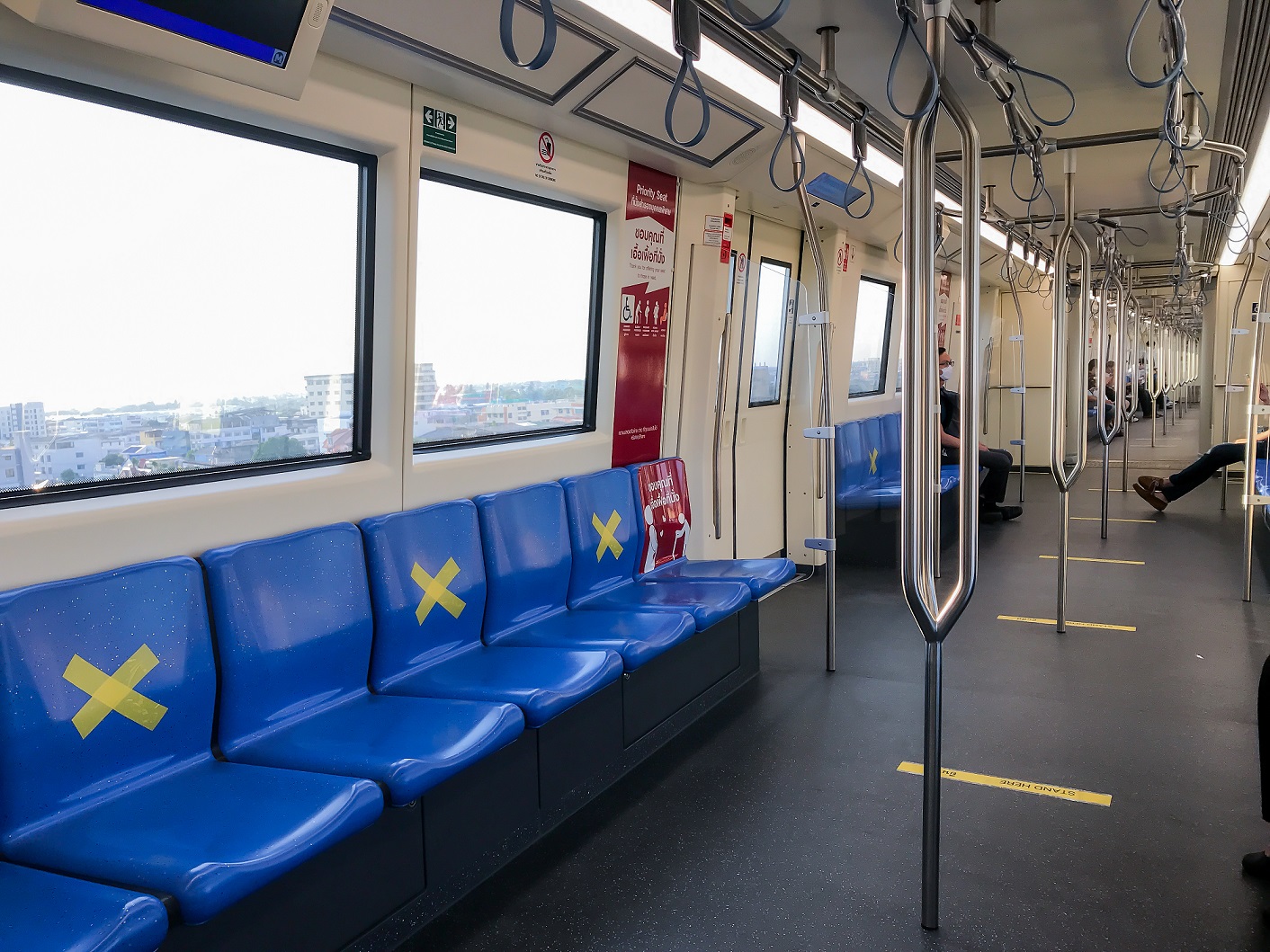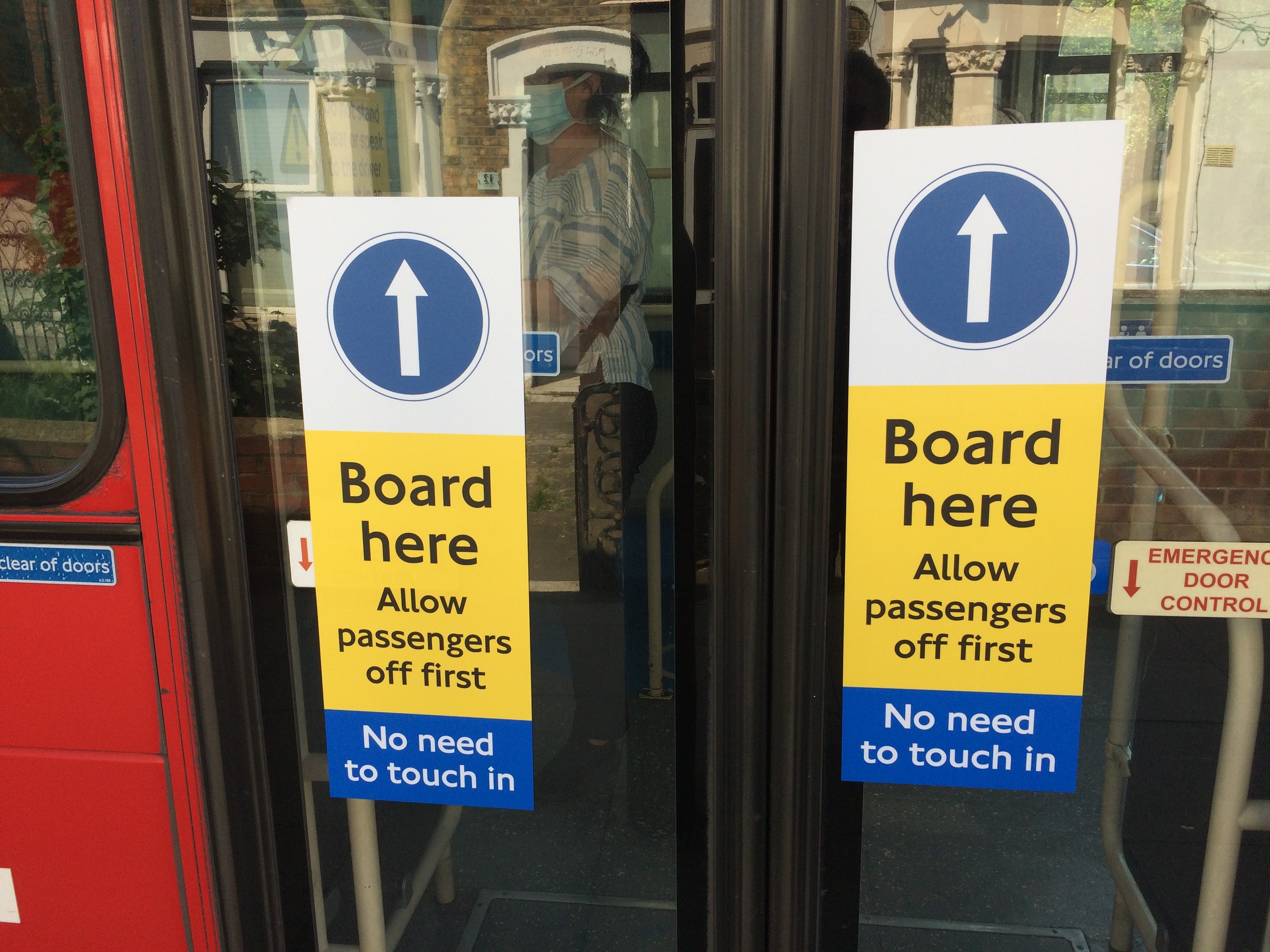
For decades, the ITS sector has leveraged advanced information and technology systems to enhance the management of roadway infrastructure for smarter decisions and outcomes.
In recent years, the tools ITS professionals use have started expanding to smart city applications outside of mobility altogether.
With the current coronavirus pandemic, there is an even more urgent need for these tools to be deployed in new areas such as resiliency and public health.
In addition, advanced ITS applications such as connected and autonomous vehicles (C/AVs) will support the deployment of vehicles that are both automated and equipped with the latest connected vehicle technology and applications.
These vehicles were already projected to impact transportation mode shifts. With new activities such as ‘shelter-in-place’ and social distancing in a Covid-19 world, the impact of AVs on mode shift will likely be even more pronounced for both the short term and long term.
Below is a look at a few ways ITS professionals can leverage their existing tools and skillsets to support the current Covid-19 crisis, as well as for the longer-term benefit of society in a post-coronavirus world.
Virtual operations
There is little doubt that shelter-in-place and social distancing will play an integral role in ‘flattening the curve’ of coronavirus spread. At time of writing, the end date of these mandated orders is uncertain and even though we know these are temporary actions in the grand scheme, there is a high likelihood they will be a repeated activity in the future as new epidemics or airborne threats come into existence.
As professionals servicing the public sector, ITS workers can continuously innovate new solutions to serve the greater public good.
One example in the current Covid-19 pandemic was the quick action of Parsons colleagues who leveraged our iNET system in support of shifting multiple clients’ transportation management centres (TMCs) to remote, virtual TMCs in a matter of days.
It turns out these particular highway agencies were at a high readiness level for quick migration to remote management. As professionals, we can help all of our public sector agencies assess their readiness in advance of the next crisis and develop a strategy for quick action - not if, but when, it occurs.

When it comes to flattening the curve for infectious diseases, the more people that can be sheltered-in-place and observing social distancing – while performing their essential jobs from home – the higher the probability we as a community will succeed.
It is important to think big and recognise this line of thought does not stop at TMCs. The same principles and guidelines that we as an industry authored can be extended to transportation operations and security management centres for other modes including transit and aviation; and to the operations and maintenance of all essential infrastructure including water, sewer, gas and electrical operations.
Monitoring and managing
During the current pandemic, two modes of transportation have been greatly impacted: aviation and mass transit.
Both inherently gather large crowds of passengers pre-trip within a dedicated physical space at the airport or transit station.
Once passengers board their respective vehicles, they are then further subject to even tighter quarters - well within the social distancing minimum separation guidelines. The primary way to mitigate the spread of epidemics in these scenarios is early detection and decisive actions.
On the detection side, technologies such as biometric health screening at a mass scale, as well as big data analytics for risk detection of high-potential quarantine candidates are just a few potential solutions.
We have already seen several airports incorporate biometric screening, including temperature checks, for physical security purposes. Since airports and transit stations are fixed perimeter facilities with limited ingress and egress points, adoption of thermal cameras at just a few locations for mass temperature scans are a cost-effective natural progression of biometric technology application for public health.
For big data analytics, aviation use cases will be key in stopping epidemics from becoming pandemics as airports act as primary gateways for either spreading or stopping viruses from one region of the globe to another.
The ability to leverage big data analytics to swiftly and accurately track a passenger’s history of movement – specifically, correlation to high-risk areas visited - will serve as a primary detection mechanism for which airports can then make real-time quarantine decisions.
Deployment of these technologies is a natural extension for ITS professionals who already design and operate Internet of Things platforms, leveraging artificial intelligence, machine learning, big data analytics and computer vision for active travel management, tolling and fleet management.

Our ITS colleagues are skilled at integrating any type of field sensor (including thermal cameras) into these ubiquitous platforms for situational awareness and a common operating picture, deploying custom solutions for timely decision-making, and disseminating real-time information efficiently so responsible agencies can act quickly for an optimised outcome.
It’s time to start leveraging these technologies and skillsets for applications beyond traditional ITS deployments - because the only way to lower the risk of spreading epidemics via aviation and transit is through early detection and coordinated action.
Accelerating AVs
In a short span of two weeks, we witnessed drastic impacts on usage of different modes of transportation, including surface transport.
Many articles have gone as far as saying Covid-19 will end traffic congestion, with the argument that there may be potential long-term reduction in vehicle trips due to decreased commuter traffic as the new world of shelter-in-place has converted many employees (and employers) to working from home.
Our opinion is that the reduction in traffic is only temporary during the current crisis and the reality is that people and goods will still need to move post-coronavirus. In fact, many suggest that post-pandemic traffic congestion could be quite high. There are multiple macro trends that point to increased demand on our surface roads, such as continued urbanisation and a shift from public transit to personal vehicles.
The answer will be studied over time, but one thing that cannot be debated is the value of AVs as a tool for transportation planners to optimise mode alternatives when used appropriately. This is nothing new, but the impacts of Covid-19 now bring a new perspective.
One example is the usage of microtransit as a complement to higher capacity modes, or as a substitute when transit agencies need to reduce service.
This option becomes more attractive because of its flexibility and ability to quickly deploy to address travel needs for essential travellers, and because smaller vehicles accommodate far fewer passengers within a confined space, which is beneficial from a public health perspective.
However, since the unsubsidised operational cost of microtransit is more expensive on a per rider basis than higher capacity modes, AV technology can play an important role in bringing down the cost.
Another example of AVs supporting public health is in the delivery of products. In the past weeks, services such as Amazon, Instacart and the plethora of food deliveries have played a major role.
However, the necessity for human drivers for these services not only puts front- line workers in dangerous environments with increased exposure, but also introduces a new source of contamination into the supply chain. True Level 5 autonomy, combined with more autonomous supply chain distribution systems, would mitigate a significant segment of risk in the movement of goods.
As an industry, we have already been deploying technologies such as C/AV applications and pedestrian safety detection that would help AVs operate more safely and efficiently.
However, we must take an active leadership role in working with our automotive colleagues, transportation planners, advanced technology upstarts and public sector clients to drive an accelerated deployment timeline.
At the end of the day, whether it’s virtual operations that help flatten the curve, monitoring and managing public health for transportation, or accelerating the adoption of autonomous vehicles, ITS professionals are the experts in digitising existing infrastructure in complex public sector environments to enhance the management of infrastructure for smarter decisions and outcomes.
What we are now facing is more than a fleeting crisis, it is a paradigm shift in how we deliver a better world.

 ABOUT THE AUTHORS:
ABOUT THE AUTHORS:
Andrew Liu (left) is SVP of smart cities and Dan Lukasik (far left) is VP of ITS; both work for Parsons Corporation











